Biotechnology encompasses a variety of techniques that employ living cells and molecules, such as enzymes, derived from organisms to produce or alter products and processes.
In the plastics sector, biotechnology merges scientific and technological approaches to create sustainable solutions. Using microorganisms and enzymes can degrade and recycle plastics, minimizing environmental pollution and fostering a healthier future.
This field is applicable across numerous sectors, with notable applications in the food and pharmaceutical industries for producing food and antibiotics, respectively. Recently, biotechnology has begun to penetrate the plastics industry, with several applications relying on microorganisms and enzymes to enhance circularity and ensure the safety of plastic materials.
Various technologies and strategies are employed to achieve these goals:
- Fermentation
- Enzymatic recycling
- Biodegradation
- In vitro tests
- Antimicrobial testing
Fermentation
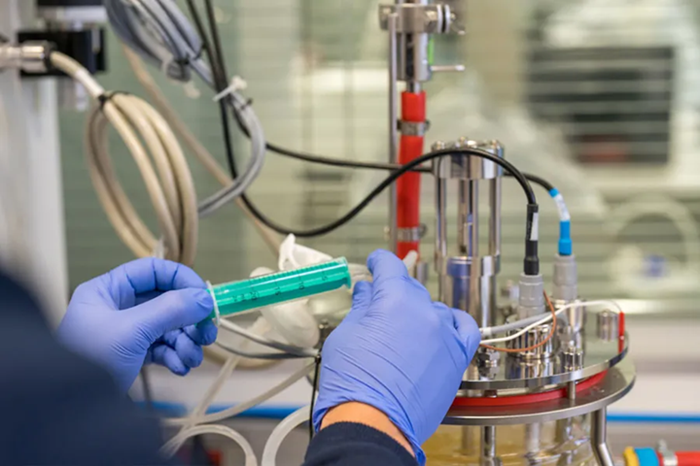
Image Credit: AIMPLAS
This technique enables the production of chemical building blocks for the plastics industry using renewable resources, organic waste, and various microorganisms. For instance, lactic acid can be fermented to create a bio-based, compostable polymer like PLA. Additionally, biodegradable polymers such as polyhydroxyalkanoates (PHAs) can be produced directly, gaining interest due to their high biodegradability.
Enzymatic Recycling
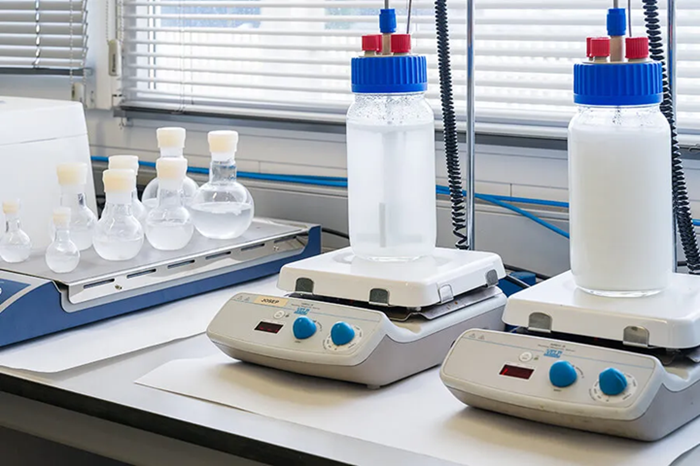
Image Credit: AIMPLAS
This method utilizes hydrolytic enzymes to catalyze the breakdown of polymer chains, leading to partial biodegradation and the production of polymer monomers. Unlike other chemical recycling methods, enzymatic recycling operates under milder conditions, reducing energy consumption during depolymerization.
Biodegradation
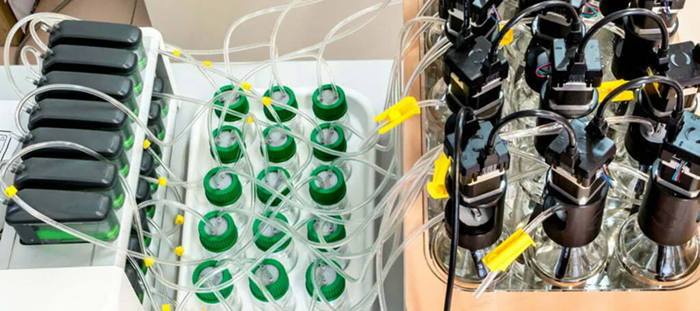
Image Credit: AIMPLAS
Biodegradation involves microorganisms transforming polymer chains into simpler products like CO2, H2O, salts, and new biomass. This process can occur in various environments, and different standards exist to evaluate the biodegradation of plastics in these contexts.
One challenge is the lengthy testing times associated with biodegradation assessments. To aid the industry, AIMPLAS has developed a simulation tool that optimizes testing durations for new biodegradable plastic materials.
In vitro Tests
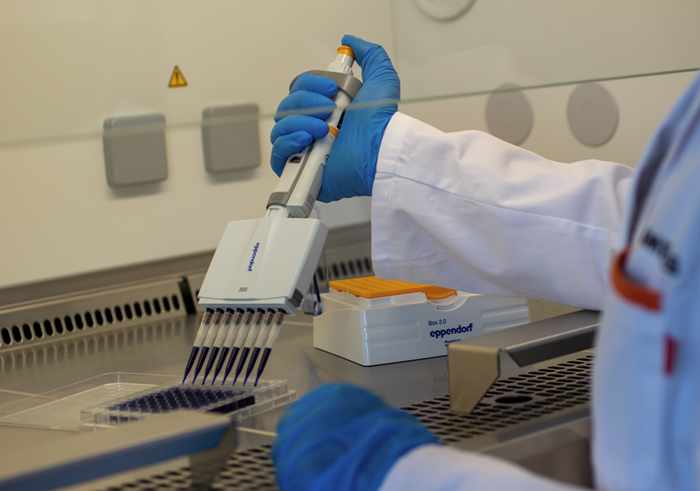
Image Credit: AIMPLAS
In vitro tests are conducted without live organisms, typically using isolated tissues or cells. They are valuable for studying and determining the toxicity of substances, including non-intentionally added substances (NIAS). AIMPLAS has created a method to assess the toxicity of these substances linked to plastic materials, examining cytotoxicity and genotoxicity through various techniques.
Antimicrobial Testing
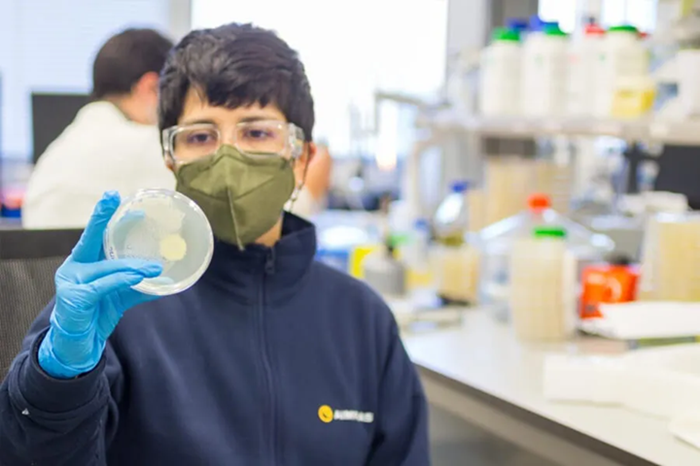
Image Credit: AIMPLAS
These tests evaluate the effectiveness of different antimicrobial agents on plastic surfaces. They are crucial for developing products that resist microbial contamination, such as food packaging, medical devices, and hospital surfaces.
Biotechnology presents numerous opportunities within the circular economy by facilitating plastic waste recovery through enzymatic recycling and organic waste for producing biomonomers, bioplastics, and biofuels via fermentation. This process adds value to waste that would otherwise have low recovery potential.
Computational biology and modeling systems enable quicker testing of plastic material biodegradation. In vitro tests help ensure the safety of plastics throughout their lifecycle. Biotechnology employs various techniques that positively impact the plastics industry by ensuring material safety and supporting the development of renewable, sustainable alternatives.

This information has been sourced, reviewed and adapted from materials provided by AIMPLAS.
For more information on this source, please visit AIMPLAS.